Indian Sand Paper Tree-Brahma’s Banyan Bonsai
Indian Sand Paper Tree, Ficus exasperata, commonly known as the Brahmas Banyan tree, is a species of the fig tree that is native to Africa. It is a large, spreading tree that can reach heights of up to 30 meters (100 feet) in its natural habitat.
The tree has a distinctive appearance, with a wide trunk and large, spreading branches that can extend for several meters. The leaves of the Brahmas Banyan tree are dark green and glossy, and the fruit is small and pear-shaped.
In African traditional medicine, various parts of the Brahmas Banyan tree are used to treat a range of ailments, including fever, stomach problems, and respiratory issues.
The bark of the tree is believed to have anti-inflammatory properties and is used to treat skin conditions such as eczema and psoriasis.
Uses of Indian sandpaper tree bonsai
In addition to its medicinal uses, the Brahmas Banyan tree also has cultural and spiritual significance in many African communities. It is often considered a symbol of strength, longevity, and resilience, and is used in traditional ceremonies and rituals.
As a landscape tree, the Brahmas Banyan tree can be used to provide shade and shelter, as well as aesthetic value. However, due to its large size and spreading growth habit, it is not well-suited for small gardens or urban environments.
Overall, Ficus exasperata is a tree with a rich cultural and medicinal history, and its impressive size and distinctive appearance make it a valuable and important species in its native African habitat.
While Ficus exasperata, or the Brahmas Banyan tree, is not commonly grown as a bonsai, it is possible to cultivate this species in a miniature form.
However, growing this tree as a bonsai can be challenging, as it is a large, spreading tree in its natural habitat, which means that it may require significant pruning and training to achieve a bonsai form.
How to Grow Indian sandpaper tree bonsai
To grow a Ficus exasperata bonsai, it is important to choose a young plant with a relatively small trunk and compact growth habit.
The tree should be planted in well-draining soil and kept in a warm, humid environment with bright, indirect light. How Bonsai Trees Are Grown- Step By Step Guide
The soil should be kept moist, but not waterlogged, and the tree should be fertilized regularly during the growing season.
Pruning is an important part of maintaining a Ficus exasperata bonsai. This species tends to grow rapidly and can quickly become too large for a bonsai container. Pruning should be done regularly to control the tree’s growth and encourage the development of a compact, attractive shape.
Shaping and training the branches of a Ficus exasperata bonsai can also be challenging due to the tree’s spreading growth habit. Wiring and shaping should be done carefully and gradually to avoid damaging the tree. Reliable Bonsai Wiring
Growing a Ficus exasperata bonsai can be a rewarding and challenging experience for experienced bonsai enthusiasts. While it may require significant effort to cultivate and maintain, this species’ impressive size and distinctive appearance can make it a valuable addition to a bonsai collection.
Brahma’s Banyan Bonsai-Indian Sand Paper Tree is a very rare variety of Bonsai, it surely will add to your priced tree collection.

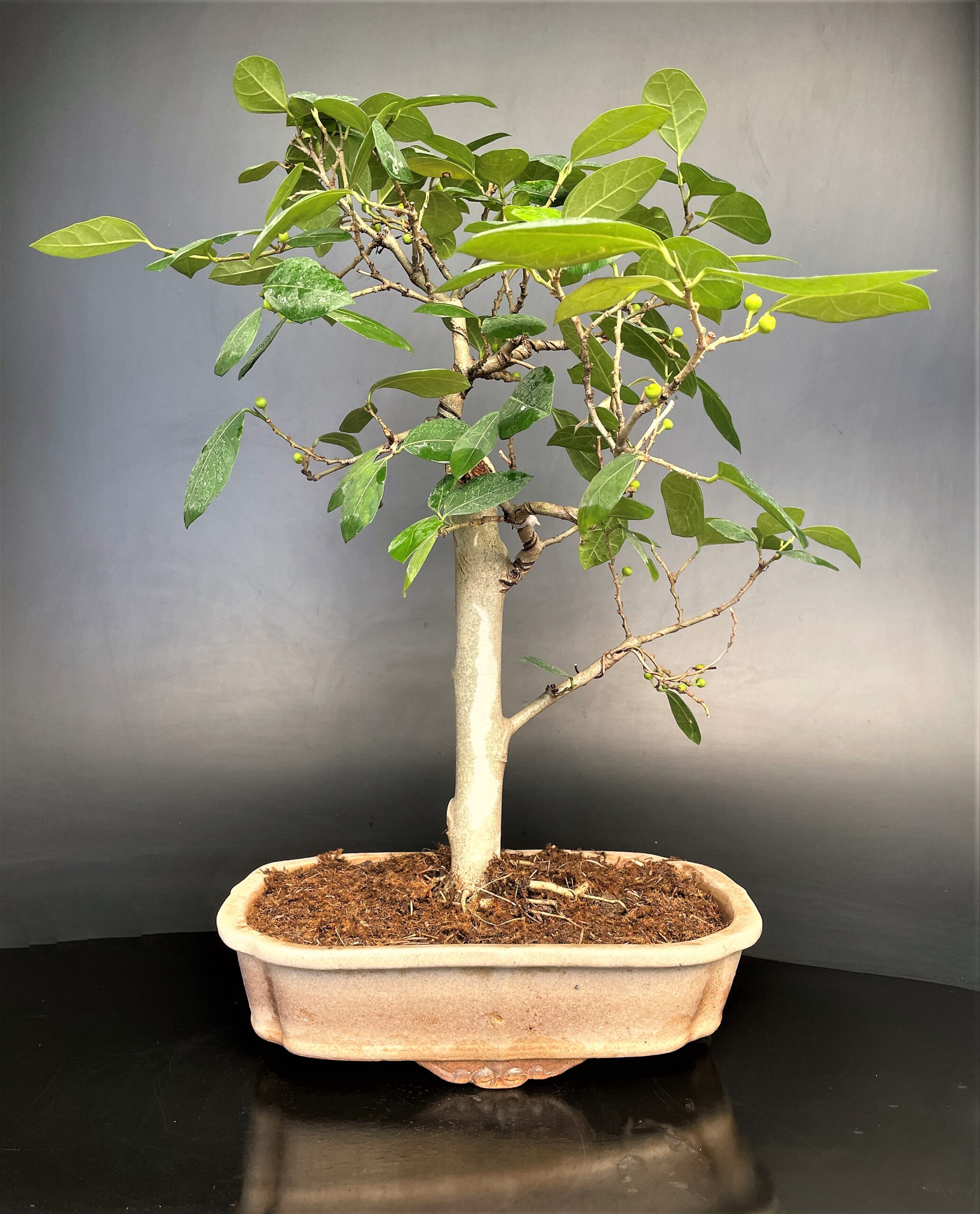
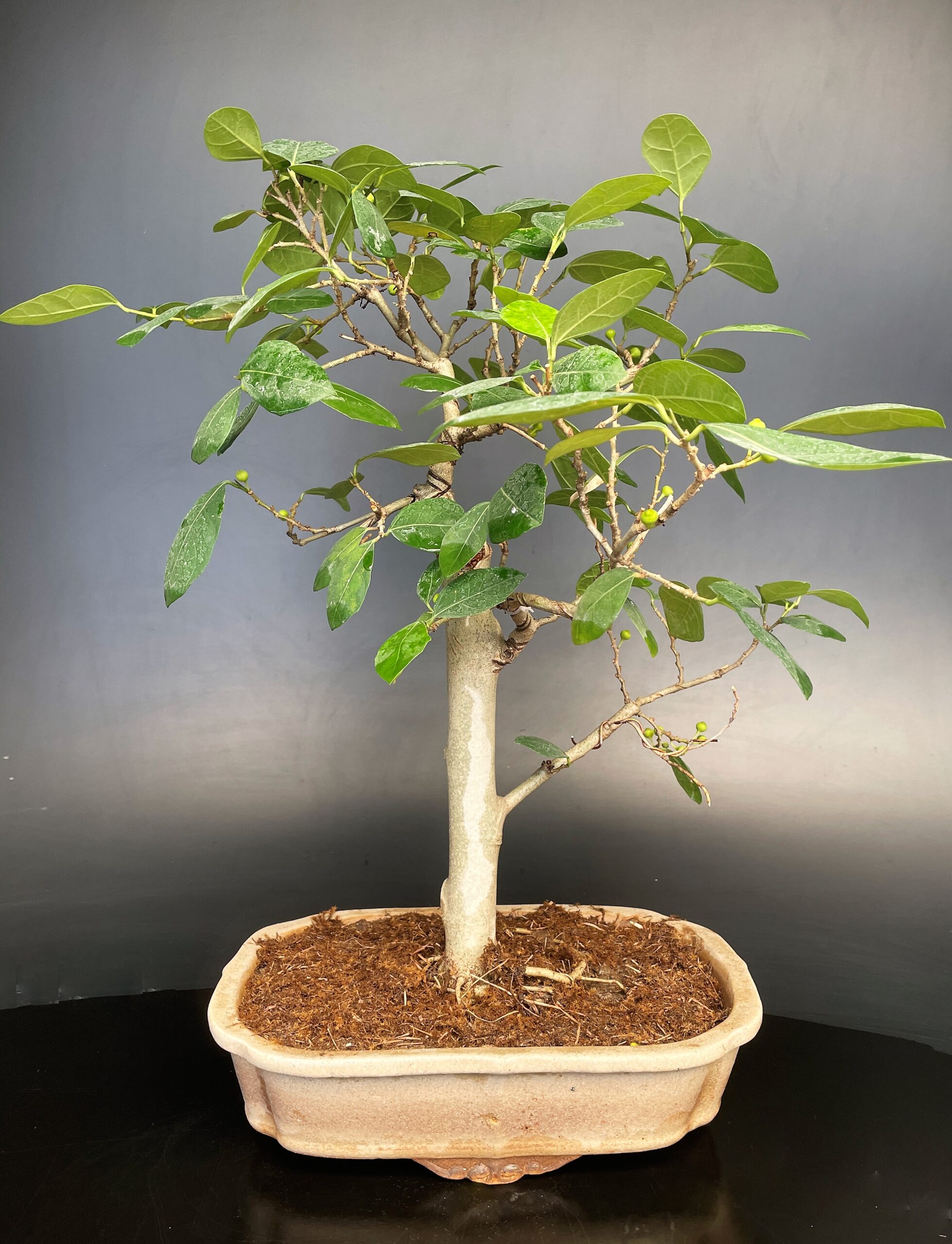

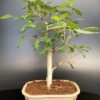
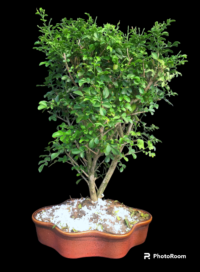
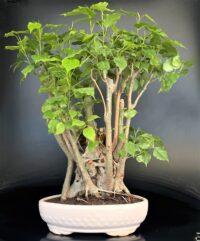
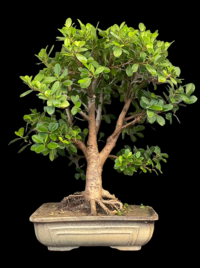
Reviews
There are no reviews yet.